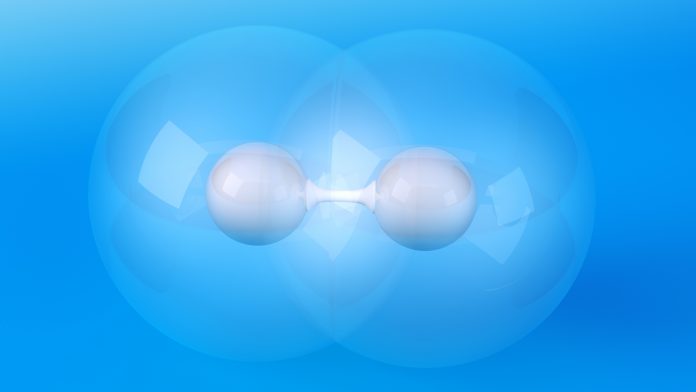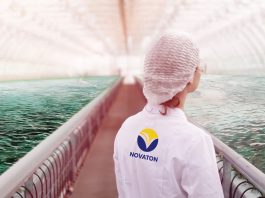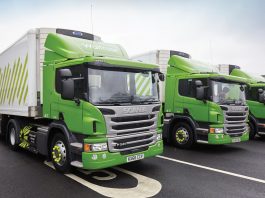Researchers from Nanyang Technological University, Singapore, have identified the parameters that determine the efficiency of spinel oxides, a low-cost catalyst that aids the extraction of hydrogen from water.
Spinel oxides can improve the productivity of electrolysis and address the energy losses that occur when scientists split water with electricity. Spinel oxides are typically made of cheap transition metals and have garnered interest in recent years as a stable, low-cost catalyst. The design of high-performing spinel oxides has been hindered by the lack of understanding of how they work.
NTU Singapore’s Associate Professor Jason Xu Zhichuan and his team have unravelled, at the atomic scale, how spinel oxides work in order to speed up water electrolysis. The team then used machine learning to select new spinel oxides with increased catalytic activity, making water electrolysis more efficient.
The water electrolysis process takes place in an electrolyser, where two main chemical reactions take place as water is split: one results in hydrogen production, while the other leads to oxygen production, and the two gases are kept separate by a membrane. Xu believes that the main bottleneck in hydrogen research lies in the chemical reaction that leads to oxygen generation from the other side known as the oxygen revolution reaction.
Xu said: “The oxygen evolution reaction is critical to the efficiency of devices that split water to produce hydrogen fuel, but it is also a sluggish chemical reaction that lowers the overall energy conversion efficiency. This is why we need catalysts such as metal oxides to speed things up.”
Facilitating large scale water splitting
These findings bring the team a step closer to making water splitting a suitable approach for large-scale manufacture of hydrogen gas, which has been highlighted by the Energy Market Authority as one possible low-carbon alternative to fossil fuel based energy.
As published in Nature Catalysis, the team trained a machine learning model with a dataset of over 300 spinel oxides to screen and predict the efficiency of any spinel oxide catalyst in a matter of seconds. Using this method, the team found that a new oxide comprising manganese and aluminium was predicted to show superior catalytic activity. This was validated experimentally.
Assoc Prof Xu said: “While the ability to design highly efficient catalysts greatly pushes forward the technique of water electrolysis in hydrogen production, there are two other major bottlenecks we have to look at before widespread adoption of this technique is possible.
“Firstly, we have to improve the membrane in such alkaline electrolysers to support long-term hydrogen production. When that’s done, then we can work with our engineering colleagues to see how we can put all of these upgrades into an electrolyser that can function on an industrial level.”









